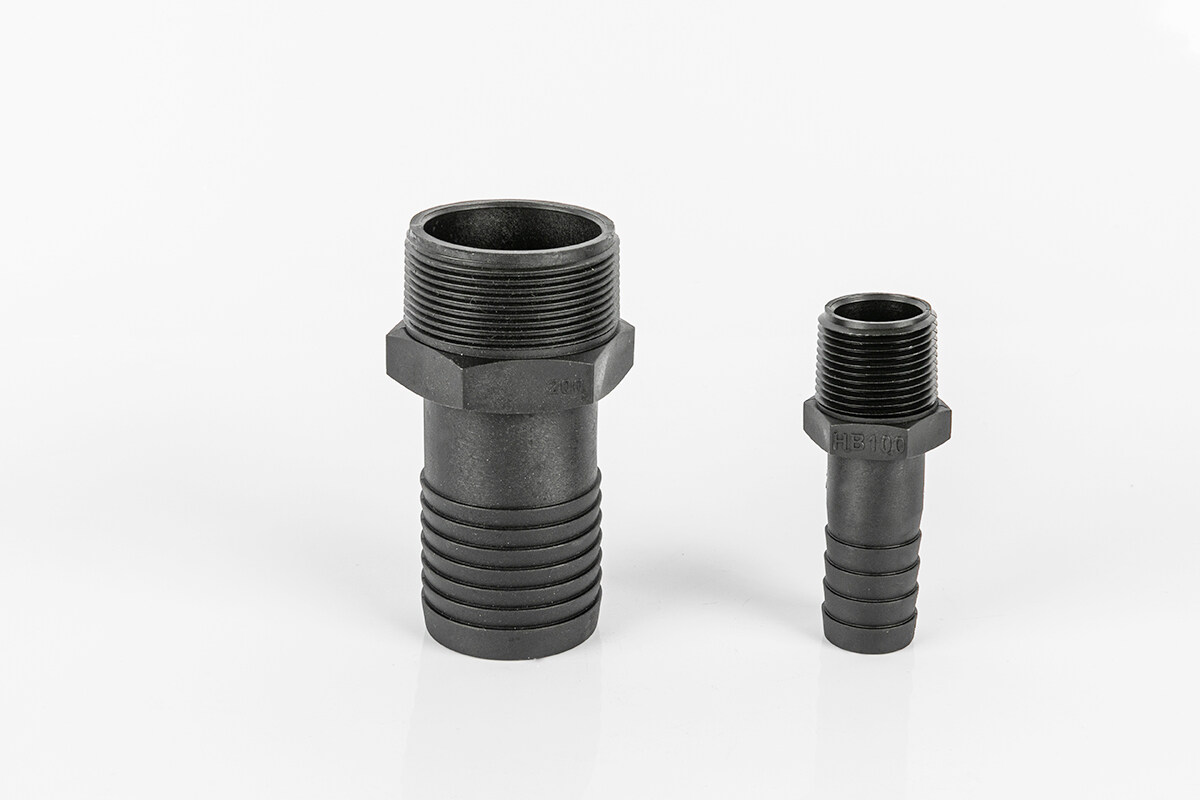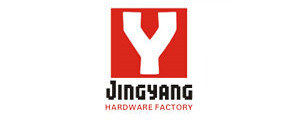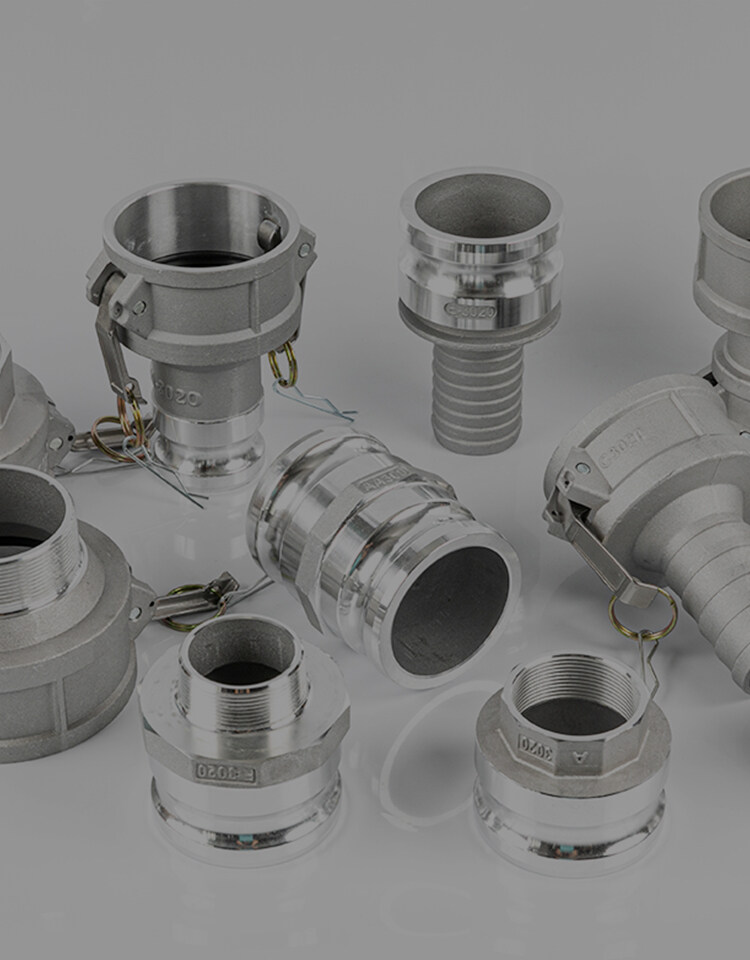이메일 형식 오류
emailCannotEmpty
emailDoesExist
pwdLetterLimtTip
inconsistentPwd
pwdLetterLimtTip
inconsistentPwd

소식
여기에서 표현하려는 텍스트를 설명 할 수 있습니다.

Plastic Hose Fittings and Adapters: The Ultimate Guide
Plastic hose fittings and adapters are essential components in various industries, providing a secure and reliable connection between hoses and other components. These fittings and adapters come in different types and sizes, catering to specific needs and applications. In this comprehensive guide, we will explore the different types of plastic hose fittings and adapters, their uses, and the benefits they offer. So, let’s dive in!
Understanding Compression Fitting Adapters
1.1 What are Compression Fitting Adapters?
They are widely used in plumbing and fluid transfer systems. They are designed to create a leak-proof connection between two pipes or hoses. These adapters consist of a compression nut, a compression ring, and a compression seat. When the nut is tightened, it compresses the ring against the seat, creating a tight seal.
1.2 How do Compression Fitting Adapters Work?
They work by utilizing the compression force to create a seal. The compression nut is tightened, which compresses the ring against the seat, effectively sealing the connection. This design allows for easy installation and removal without the need for special tools or soldering.
1.3 Applications of Compression Fitting Adapters
They are commonly used in plumbing systems, irrigation systems, and hydraulic systems. They are suitable for connecting pipes, hoses, and fittings of different materials, such as plastic, copper, and stainless steel. These adapters are versatile and can be used in both residential and industrial applications.
1.4 Advantages of Compression Fitting Adapters
They offer several advantages. Firstly, they provide a secure and leak-proof connection, ensuring the integrity of the fluid transfer system. Secondly, they are easy to install and remove, making them convenient for maintenance and repairs. Additionally, they can accommodate pipes and hoses of different sizes, providing flexibility in system design.
Exploring Threaded Adapter Fittings
2.1 What are Threaded Adapter Fittings?
Threaded adapter fittings, also known as pipe adapters, are used to connect pipes or hoses with different thread types or sizes. These fittings have male and female threads that allow for a secure connection. They are available in various materials, including plastic, brass, and stainless steel.
2.2 Types of Threaded Adapter Fittings
There are different types, including male to male, female to female, and male to female adapters. Male to male adapters have external threads on both ends, while female to female adapters have internal threads on both ends. Male to female adapters have external threads on one end and internal threads on the other.
2.3 Common Applications of Threaded Adapter Fittings
They are commonly used in plumbing systems, irrigation systems, and pneumatic systems. They are suitable for connecting pipes, hoses, valves, and other components with different thread types or sizes. These adapters provide a reliable and secure connection, ensuring efficient fluid transfer.
2.4 Benefits of Threaded Adapter Fittings
They offer several benefits. Firstly, they provide a versatile solution for connecting pipes and hoses with different thread types or sizes. Secondly, they are easy to install and remove, allowing for quick and convenient system modifications. Additionally, they are durable and resistant to corrosion, ensuring long-lasting performance.
An Fitting to Barb Adapter: A Versatile Solution
3.1 Introduction to An Fitting to Barb Adapters
An fitting to barb adapters, also known as hose barb adapters, are used to connect hoses with An fittings. An fittings are commonly used in automotive and racing applications, providing a secure and leak-proof connection. These adapters have a barbed end that fits into the hose and a threaded end that connects to the An fitting.
3.2 Uses of An Fitting to Barb Adapters
They are widely used in automotive fuel systems, oil cooling systems, and brake systems. They provide a reliable connection between hoses and An fittings, ensuring efficient fluid transfer. These adapters are available in different sizes and materials, catering to specific application requirements.
3.3 Advantages of An Fitting to Barb Adapters
T offer several advantages. Firstly, they provide a secure and leak-proof connection, ensuring the integrity of the fluid transfer system. Secondly, they are easy to install and remove, making them convenient for maintenance and repairs. Additionally, they are compatible with a wide range of hoses and An fittings, providing versatility in system design.
3.4 Considerations for Choosing An Fitting to Barb Adapters
When selecting the adapters, it is important to consider the size and material compatibility. Ensure that the adapter size matches the hose size and the An fitting size. Additionally, choose an adapter made from a material that is compatible with the fluid being transferred to prevent corrosion or degradation.
An to Metric Adapter Fittings: Bridging the Gap
4.1 An Overview of An to Metric Adapter Fittings
They are used to connect An fittings with metric-sized hoses or components. An fittings are commonly used in automotive and racing applications, while metric-sized components are prevalent in European and Asian markets. These adapters provide a seamless connection between the two systems.
4.2 Applications of An to Metric Adapter Fittings
They are commonly used in automotive fuel systems, oil cooling systems, and turbocharger systems. They allow for the integration of An fittings with metric-sized hoses, ensuring compatibility and efficient fluid transfer. These adapters are available in various sizes and materials to suit different application requirements.
4.3 Benefits of An to Metric Adapter Fittings
They offer several benefits. Firstly, they provide a reliable and secure connection between An fittings and metric-sized hoses or components. Secondly, they allow for the integration of different systems, providing flexibility in system design. Additionally, An to metric adapter fittings are durable and resistant to corrosion, ensuring long-lasting performance.
4.4 Factors to Consider When Selecting An to Metric Adapter Fittings
When choosing the adapter fittings, it is important to consider the size compatibility between the An fitting and the metric-sized component. Ensure that the adapter size matches both systems to ensure a proper fit. Additionally, consider the material compatibility to prevent corrosion or degradation.
Banjo Fitting Adapters: A Unique Solution
5.1 Understanding Banjo Fitting Adapters
They are a unique type of fitting that allows for fluid transfer through a hollow bolt or stud. They consist of a banjo bolt, a banjo fitting, and sealing washers. The banjo bolt passes through the banjo fitting, creating a connection between two hoses or components.
5.2 Common Uses of Banjo Fitting Adapters
They are commonly used in automotive fuel systems, hydraulic systems, and brake systems. They provide a compact and efficient solution for fluid transfer, especially in tight spaces. These adapters are available in different sizes and materials, catering to specific application requirements.
5.3 Advantages of Banjo Fitting Adapters
They offer several advantages. Firstly, they provide a compact and space-saving solution, making them ideal for applications with limited space. Secondly, they allow for fluid transfer through a hollow bolt or stud, reducing the need for additional fittings or connections. Additionally, banjo fitting adapters provide a secure and leak-proof connection, ensuring the integrity of the fluid transfer system.
5.4 Important Considerations for Banjo Fitting Adapters
When selecting the fitting adapters, it is important to consider the size compatibility between the banjo bolt and the banjo fitting. Ensure that the adapter size matches both components to ensure a proper fit. Additionally, consider the material compatibility to prevent corrosion or degradation.

Conclusion
In conclusion, plastic hose fittings and adapters are essential components in various industries, providing secure connections and facilitating fluid transfer. Each type offers unique benefits and applications, ensuring compatibility and efficiency in different systems. By understanding the different types and their uses, you can make informed decisions when selecting plastic hose fittings and adapters for your specific needs. So, choose wisely and enjoy the benefits of reliable and efficient fluid transfer systems!

